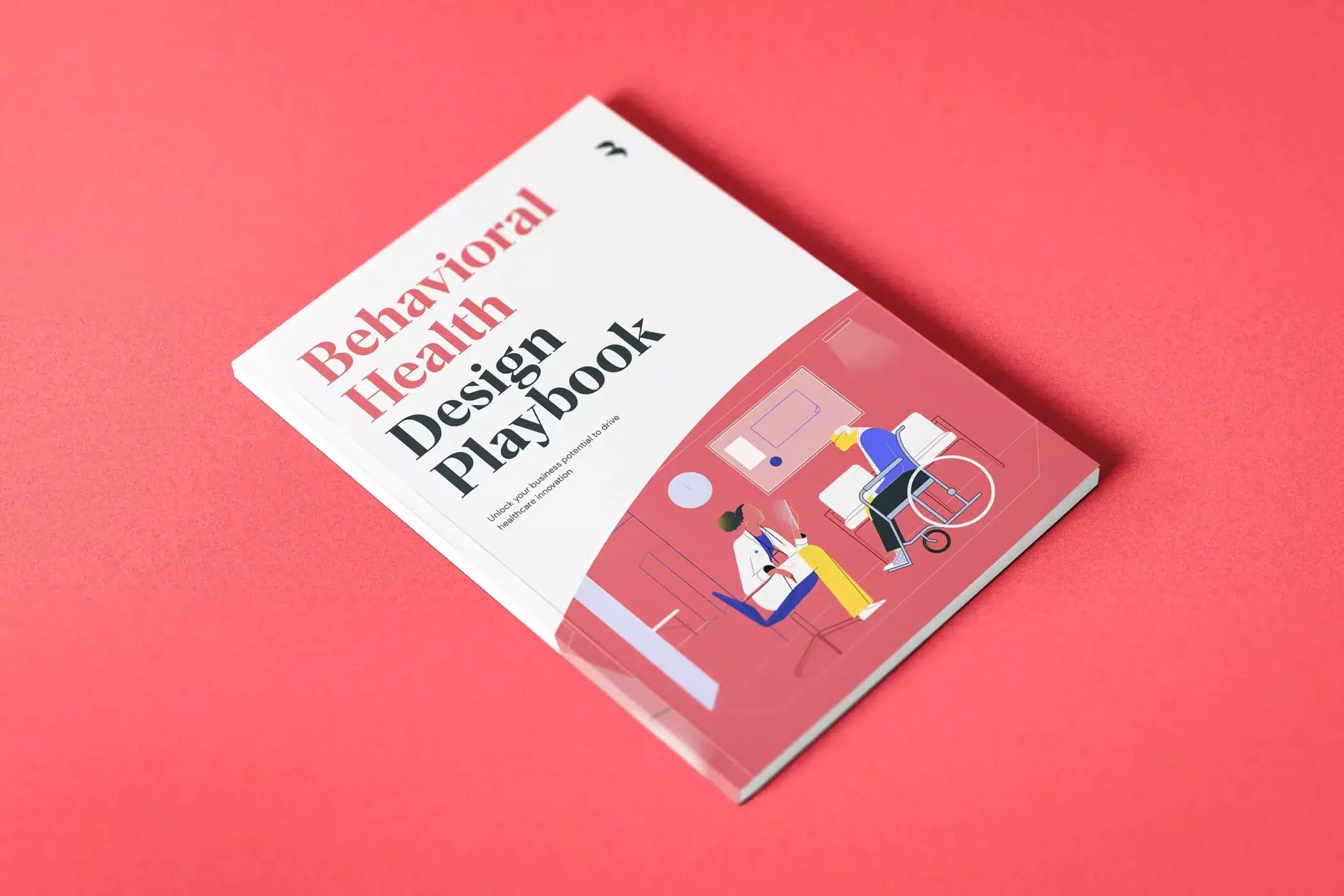We recently launched our Behavioral Health Design Playbook for leaders in the healthcare and pharma industries to focus on why and how to effectively apply behavioral design methodologies, tools, and mindsets in their business.
Behavioral Design is a way to understand how people make decisions. Knowing this will help you influence and shape their behavior. This approach connects users’ actions with their decision-making process, uncovering opportunities to influence behavior and designing the most appropriate solutions.
In order to design better solutions, we must thus first understand the influencers that drive patient behavior. Here are three influencers of patient behavior. They are all related, but each brings a new perspective so it’s important to first explore each separately before drawing connections between them.
Social Determinants of Health (SDH)
According to the World Health Organization, SDH are “the non-medical factors that influence health outcomes.” These are prevailing conditions where people live, learn, work, and grow, including systems that influence them.
A few examples of SDH include income, education, job security, food security, housing, social inclusion, and access to health services.
SDH provide critical user context for the behavioral design framework.
Example
Taking the COVID-19 pandemic as an example, not everyone has been affected equally by the pandemic. Social Determinants of Health affect not only those who get sick, but everyone.
Related to housing, some of the people who got infected with COVID-19 may not have adequate space to isolate. In general, people may not have a quiet place to study or work from. Both of these factors affect health.
Another example, relating to income and job security; people who got COVID-19 may be fearful of losing their jobs due to sick leave or losing income from taking time off. In general, people have additional costs from working from home, like wifi or working equipment, and they may have been on Governmental support, causing them to also be fearful of losing their job.
Behavioral biases
Behavioral biases are the unconscious influencers that inform peoples’ decision-making. Human decision-making is rarely rational. Therefore, the cognitive and emotional biases at play need to be identified and taken into account. These biases will become evident with strong behavioral design practices during exploration. There are nine biases influencing health behavior. Read more about each of them in this post. For now, read about two of them.
- Ostriching: burying one’s head in the sand as a mechanism to actively avoid negative news or information.
- Scarcity: a chronic lack of resources leads individuals to focus their attention on immediate needs as opposed to long-term ones.
Example
Ostriching: somebody notices that they are having some chest pain or difficulty breathing, they decide to ignore it and blame others cause (such as being out of shape) and do not to take get tested for COVID-19.
Scarcity: somebody with a comorbidity can only afford one of two prescribed medicines. They choose to select and adhere to just one of them.
Factors for intervention
To design a successful intervention, you need to understand what needs to change. The COM-B model of behavior we use, designed by Susian Michie and Robert West, identifies capability, opportunity, and motivation as the three factors required to create behavioral change. Your lessons about an individual’s SDHs and biases should inform the factors in which you prioritize influencing.
- Capability: attributes of a person’s physical and psychological abilities i.e., memory, literacy, vision, talent
- Opportunity: attributes of a person’s context within their environment i.e., financial resources, social support, cultural expectations
- Motivation: both the conscious and unconscious mental processes that drive behavior, i.e., desires, biases, habits, priorities
It is important to prioritise the right factor, as the goal is to identify the ones that are missing, i.e. the factors that are forcing unhealthy behavior, and help to elevate them to encourage and enable healthier behavior.
These triggers will serve as the basis for the Behavioral Challenge statements that will drive your focus in the intervention space.
Learn more about applying behavioral design in healthcare
These are three key influencers of patient behavior that help you understand how people make decisions. Knowing this will help you influence and shape their behavior, by designing better solutions.

Behavioral health design playbook
Learn more about applying behavioral design to healthcare innovation. Check out our newest guide on applying behavioral design to healthcare to create innovative, patient-centric solutions.


